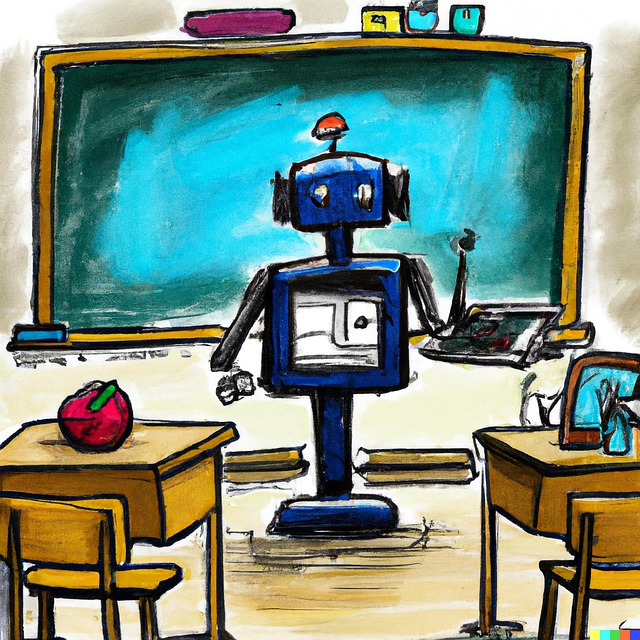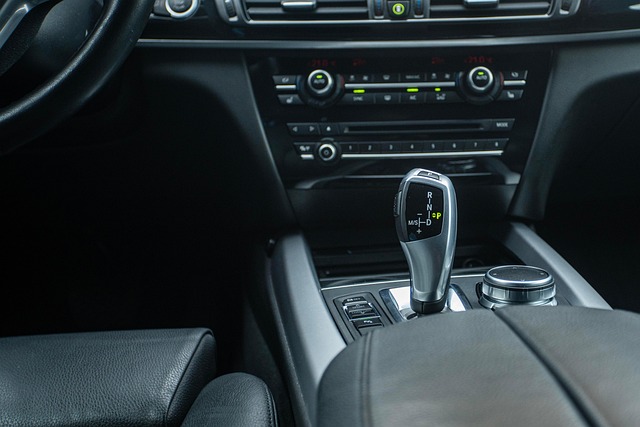# Exploring the Future of AI Technology: Innovations Shaping Tomorrow’s World and Our Lives Today
Artificial Intelligence (AI) is no longer a futuristic concept; it is a transformative force reshaping industries across the globe. One of the most impacted sectors is the automotive industry. From smart manufacturing to predictive maintenance and autonomous vehicles, AI is redefining how cars are built, maintained, and driven. In this article, we will explore the various ways AI is revolutionizing the automotive landscape, focusing on key areas such as smart manufacturing, predictive maintenance, autonomous driving innovations, supply chain optimization, and intelligent user experiences.
## Smart Manufacturing in the Automotive Industry
Smart manufacturing is at the forefront of AI integration in the automotive sector. By leveraging AI technologies, manufacturers can enhance efficiency, reduce waste, and improve product quality.
### Key Innovations:
– **Robotics and Automation**: Companies like Tesla utilize AI-powered robots for tasks such as welding, painting, and assembly. These robots can work with precision and speed, increasing production rates while minimizing human error.
– **Quality Control**: BMW employs AI to analyze data from production lines in real-time, allowing for immediate adjustments to maintain high quality. AI algorithms can detect defects in components before they become larger issues, saving time and resources.
### Real-World Example:
Tesla’s Gigafactory is a prime example of smart manufacturing. The facility uses AI algorithms to optimize production schedules and resource allocation, leading to significant cost savings and increased output.
## Predictive Maintenance in Vehicles
Predictive maintenance is another critical area where AI is making waves in the automotive industry. By analyzing data from various sensors within the vehicle, AI can predict when a part may fail, allowing for timely maintenance and reducing unexpected breakdowns.
### Key Innovations:
– **Data Analytics**: AI analyzes historical data and real-time sensor data to identify patterns and predict potential failures.
– **User Notifications**: Advanced systems can alert drivers when maintenance is needed, ensuring optimal vehicle performance and safety.
### Real-World Example:
Toyota has implemented predictive maintenance in its vehicles through the Toyota Connected initiative. By collecting data from its fleet, Toyota can forecast maintenance needs and provide drivers with actionable insights, thereby enhancing the overall driving experience.
## Autonomous Driving Innovations
Autonomous vehicles are perhaps the most talked-about application of AI in the automotive industry. The development of self-driving cars promises to revolutionize transportation, making it safer and more efficient.
### Key Innovations:
– **Machine Learning**: AI systems use machine learning algorithms to analyze vast amounts of data from sensors and cameras, enabling vehicles to understand their surroundings.
– **Decision-Making Algorithms**: These algorithms allow cars to make real-time decisions, such as when to stop or change lanes, based on the behavior of other road users.
### Real-World Example:
Tesla’s Autopilot feature is a leading example of autonomous driving innovations. The system uses AI to navigate highways, change lanes, and park itself, all while continuously learning from real-world driving conditions.
## Supply Chain Optimization
AI is also playing a significant role in optimizing supply chains within the automotive industry. By analyzing data from various sources, AI can streamline operations and reduce costs.
### Key Innovations:
– **Demand Forecasting**: AI algorithms can analyze market trends and consumer behavior to predict demand more accurately, helping manufacturers adjust production accordingly.
– **Inventory Management**: By optimizing inventory levels, companies can reduce holding costs and improve cash flow.
### Real-World Example:
BMW leverages AI for supply chain optimization by using predictive analytics to manage inventory and logistics. This proactive approach helps the company reduce delays and improve overall efficiency.
## Intelligent User Experiences
Finally, AI is enhancing user experiences in vehicles, making them more personalized and intuitive.
### Key Innovations:
– **Voice Recognition**: AI-powered voice assistants allow drivers to control navigation, music, and other functions hands-free, improving safety and convenience.
– **Personalization**: AI can learn driver preferences, adjusting settings like seat position, climate control, and infotainment options automatically.
### Real-World Example:
Mercedes-Benz integrates AI into its MBUX infotainment system, which uses natural language processing to understand and respond to driver commands. This creates a seamless and enjoyable driving experience.
## Conclusion: The Road Ahead
The integration of AI in the automotive industry is not just a trend; it is a fundamental shift that will shape the future of transportation. As companies like Tesla, BMW, and Toyota continue to innovate, we can expect even more advancements in smart manufacturing, predictive maintenance, autonomous driving, supply chain optimization, and intelligent user experiences.
### Future Trends to Watch:
– Increased collaboration between tech companies and automakers for enhanced AI solutions.
– Greater emphasis on cybersecurity as vehicles become more connected.
– Ongoing advancements in regulatory frameworks to keep pace with autonomous driving technologies.
With the rapid evolution of AI technology, the automotive industry stands on the brink of a new era, one that promises to make our roads safer, our vehicles smarter, and our driving experiences more enjoyable. As we continue to explore these innovations, it’s clear that the future of mobility is not just about getting from point A to point B; it’s about how we get there.











